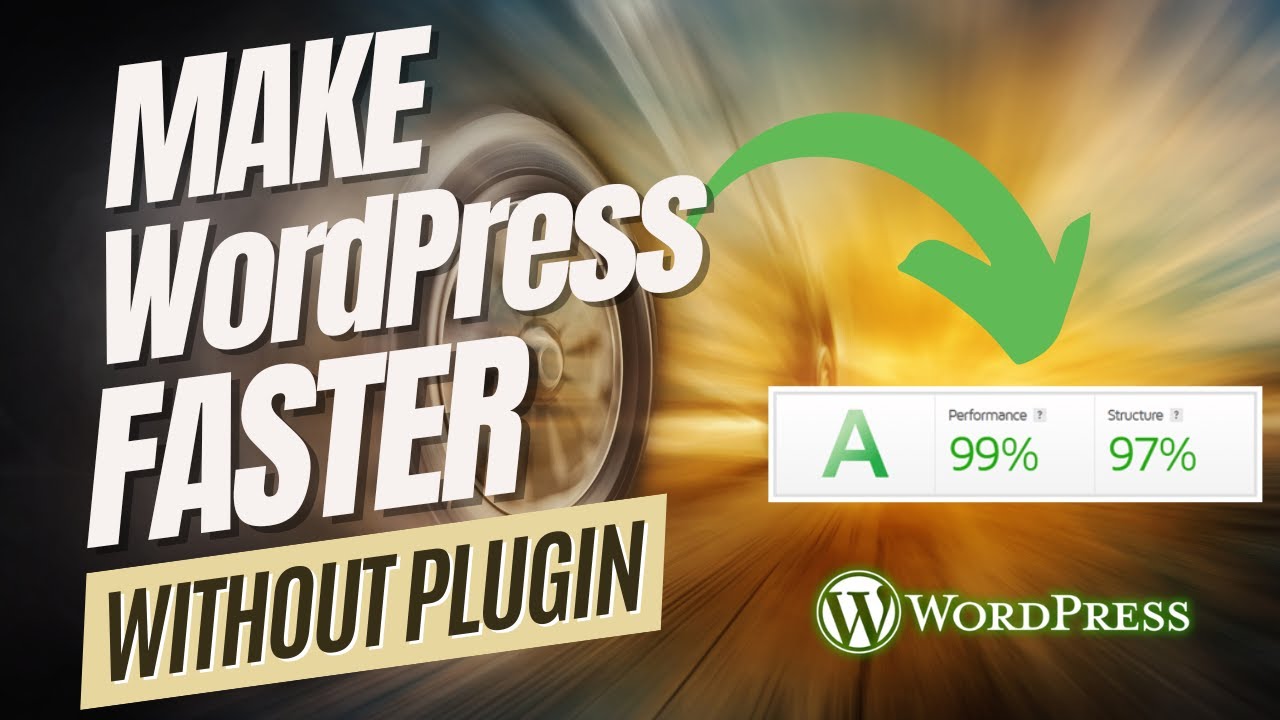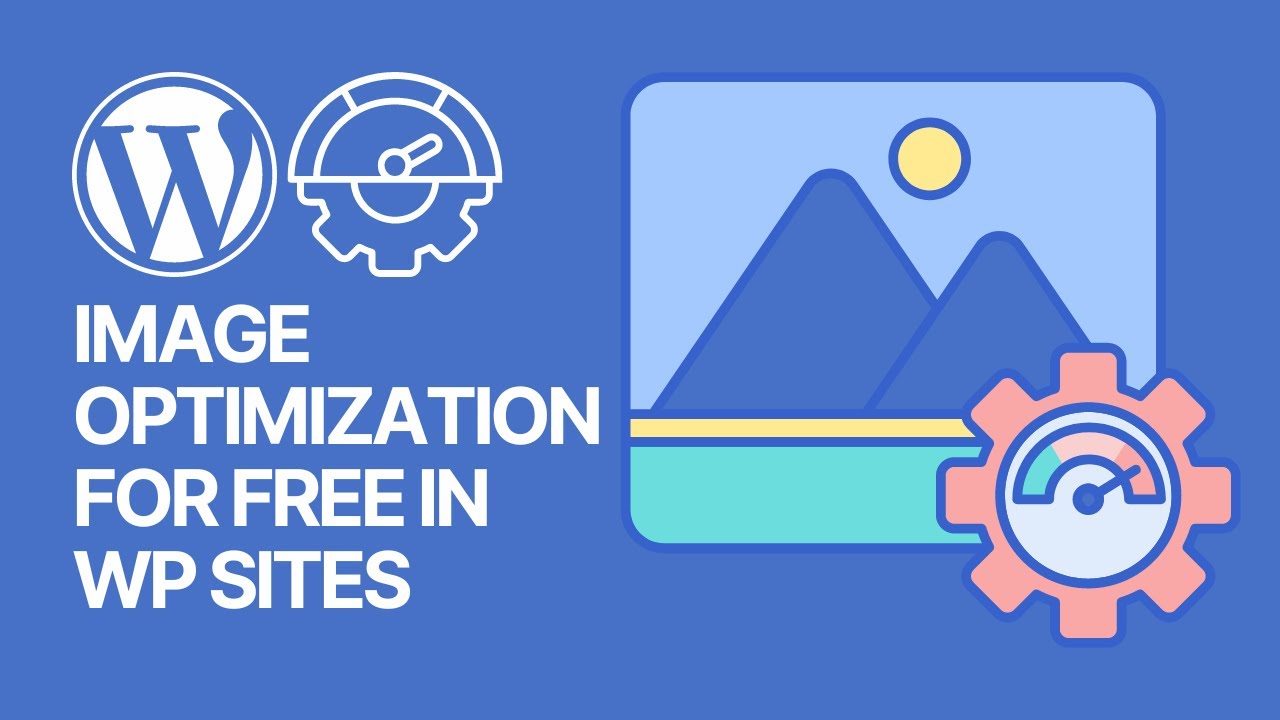Running a WordPress site can be rewarding, but many bloggers and website owners struggle to increase AdSense earnings effectively. The good news is that there are proven WordPress tricks to increase AdSense earnings without necessarily driving massive traffic.
From optimizing ad placement to enhancing site speed, these strategies focus on improving revenue while maintaining a great user experience. Implementing these techniques can help your ads perform better, engage visitors longer, and ultimately boost your income.
In this guide, we’ll explore actionable steps that you can start applying immediately to see measurable results.
1. Optimize Ad Placement on Your WordPress Site
The placement of your ads is one of the most important factors affecting AdSense revenue. Even small changes can significantly increase clicks and earnings.
- Above the fold: Ads visible when the page loads naturally catch attention. Common positions: top of the content, header, or sidebar.
- Within content: Placing ads inside posts, especially after the first or second paragraph, boosts engagement.
- Sidebar and footer: Sidebars are ideal for supplementary ads, and footers work well for less intrusive placements.
- Responsive placement: Ensure ads adapt to mobile screens because most visitors now browse on smartphones.
Pro Tip: Use WordPress plugins like Ad Inserter or Advanced Ads to manage multiple ad positions without editing code. These tools also support A/B testing to find the best-performing layouts.
2. Improve Site Speed and Performance
Site speed impacts both user experience and ad revenue. Faster websites encourage visitors to stay longer, increasing ad impressions and clicks.
- Use caching plugins: Plugins like WP Rocket, W3 Total Cache, and LiteSpeed Cache can drastically reduce load times.
- Optimize images: Compress images using Smush, ShortPixel, or Imagify to reduce page size.
- Minimize scripts and CSS: Remove or defer non-essential scripts to improve load times.
- Implement a CDN: Use a Content Delivery Network like Cloudflare to serve content faster to global audiences.
Example: A blog post with multiple high-quality images can see a 50% faster load time by enabling lazy loading and image compression. Faster load times also improve mobile user experience, which is critical for AdSense revenue.
3. Choose High-Performing Ad Formats
Different ad formats generate different results. Choosing the right combination increases CTR (Click-Through Rate) and earnings.
- Display ads (banner ads): Standard sizes like 728×90, 300×250, and 336×280 work well in content-heavy blogs.
- In-feed ads: Ads that blend with your post feed perform well because they look natural.
- Matched content ads: These combine content suggestions with ads, keeping visitors engaged longer.
- Auto ads: Google AdSense auto ads automatically place ads based on your site layout and traffic behavior.
Pro Tip: Rotate ad formats occasionally and monitor performance using AdSense Reports. Small changes in ad type or size can have noticeable effects on revenue.
4. Leverage WordPress Plugins for Ad Management
Plugins make ad management easier and more effective. They allow you to insert, rotate, and test ads without coding.
- Ad Inserter: Place ads automatically in posts, pages, or custom locations. Supports A/B testing.
- Advanced Ads: Target ads based on user roles, devices, and page types.
- Quick Adsense: Simple and lightweight tool for placing ads efficiently.
Example: Using Ad Inserter, you can place an ad after the first paragraph, in the middle of content, and at the end of posts, all with rotation enabled to test performance.
5. Focus on High-Value Content
High-quality content attracts engaged readers and boosts ad performance.
- Long-form posts: Articles over 1500–2000 words often keep visitors longer, increasing ad impressions.
- Target high CPC keywords: Use tools like Google Keyword Planner or Ahrefs to find keywords with higher payouts.
- Evergreen content: Tutorials, guides, and “how-to” posts remain relevant and continue generating traffic and ad revenue over time.
- Content clustering: Group related posts together and link them internally to keep users browsing.
Example: A detailed tutorial on “How to Set Up WordPress Security Plugins” can generate more clicks than a generic post because it targets high-value topics that attract engaged users.
6. Optimize for Mobile Users
Mobile traffic is now dominant, and optimizing for mobile is crucial.
- Responsive themes: Choose themes that automatically adapt to mobile screens.
- Mobile ad placement: Place ads where users can click easily without disrupting content reading.
- AMP (Accelerated Mobile Pages): Accelerates page load for mobile devices and improves ad visibility.
Pro Tip: Test your site on multiple devices to ensure ads don’t break layouts and maintain visibility.
7. Use A/B Testing to Find the Best Ad Combinations
Testing is key to discovering which ad placements, formats, and styles generate the most revenue.
- Experiment with different positions in posts.
- Test various ad sizes and types.
- Rotate ads and track CTR, RPM, and revenue.
Example: If moving an in-content ad from after the first paragraph to after the second increases CTR by 15%, the revenue impact can be substantial over multiple posts.
8. Increase Traffic Quality
High-quality traffic improves ad clicks and earnings.
- Target niche audiences: Ads perform better when visitors have specific interests.
- SEO optimization: Focus on long-tail keywords to attract motivated visitors.
- Social media promotion: Share posts on platforms like Twitter, LinkedIn, Facebook, and Pinterest.
- Email newsletters: Engage subscribers with curated content that keeps them returning to your site.
Example: A technology blog focusing on AI tutorials may earn more per click than a general blog because advertisers pay higher CPC for AI-related keywords.
9. Reduce Ad Blindness with Strategic Placement
Too many ads can lead to “ad blindness,” where users ignore banners.
- Limit ads to 2–4 strategic positions per page.
- Blend ads with content naturally but clearly distinguish them.
- Use subtle variations in color and size to attract attention.
Pro Tip: Placing one ad in the first paragraph, one mid-content, and one at the end often works best for long-form posts.
10. Monitor and Analyze Ad Performance Regularly
Constant monitoring helps identify which strategies work and which don’t.
- Track performance using Google AdSense Reports.
- Adjust placement based on CTR and revenue data.
- Focus on high-performing pages and optimize or remove underperforming ads.
Example: Weekly checks can reveal that certain posts with listicles outperform tutorials in terms of ad clicks, guiding future content creation.
11. Additional WordPress Tricks to Boost Earnings
- Lazy Loading: Speeds up page load by loading images and content only when visible, improving performance.
- Content Upgrades: Offer downloadable guides or checklists to attract highly engaged readers.
- Internal Linking: Keeps visitors browsing multiple posts, increasing ad impressions.
- High CPC Niches: Focus content on finance, health, tech, or marketing to attract higher-paying ads.
- Readable Layouts: Use headings, bullet points, and short paragraphs to make content easy to scan, keeping readers engaged longer.
FAQs (Frequently Asked Questions)
1. What are the easiest WordPress tricks to increase AdSense earnings?
Some of the simplest include optimizing ad placement, using responsive ads for mobile, compressing images for faster load times, and focusing on high-quality content.
2. Do I need a plugin to increase AdSense revenue on WordPress?
Plugins like Ad Inserter or Advanced Ads make ad management easier, but you can also manually optimize placement and content to boost revenue.
3. How often should I check AdSense performance?
It’s best to review your AdSense reports at least once a week to monitor trends, track high-performing pages, and adjust strategies.
4. Does site speed affect AdSense earnings?
Yes, slow-loading sites reduce visitor engagement and ad impressions, which directly lowers earnings. Improving site speed with caching, image optimization, and CDNs helps increase revenue.
5. Can mobile optimization really increase revenue?
Absolutely. Most traffic comes from mobile devices. Responsive designs, mobile-friendly ads, and AMP support can significantly improve CTR and earnings.
6. Are there specific content types that earn more AdSense revenue?
Yes, long-form tutorials, evergreen guides, and posts targeting high CPC keywords (finance, technology, health) generally generate higher ad revenue.
Final Thoughts
Implementing these WordPress tricks to increase AdSense earnings can significantly boost your website’s revenue. By optimizing ad placement, improving site speed, targeting high-value content, and using the right plugins, you can maximize clicks and impressions without compromising user experience. Remember to monitor performance, experiment with different strategies, and continuously refine your approach.
With consistent effort and strategic adjustments, your WordPress site can generate higher AdSense earnings while providing valuable content to your audience.








